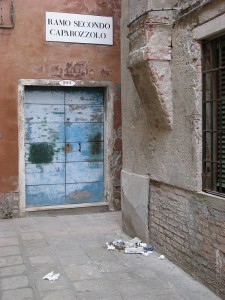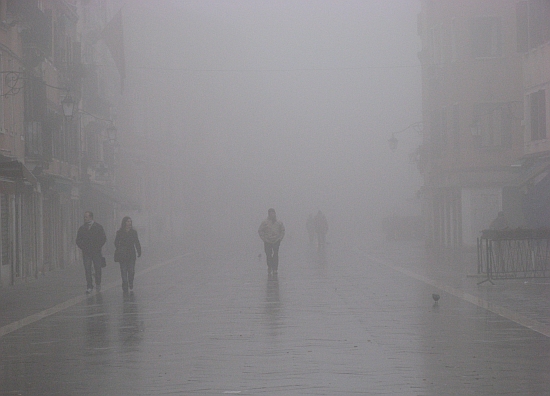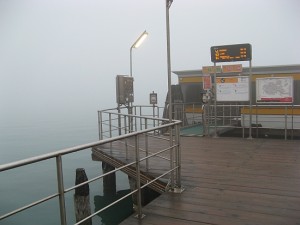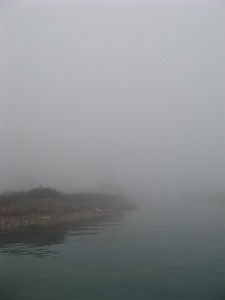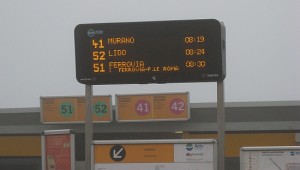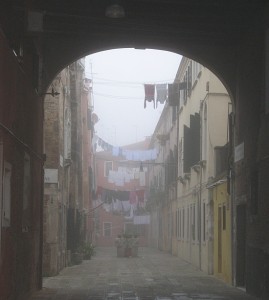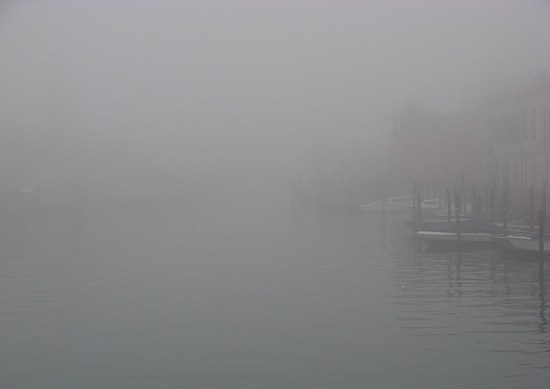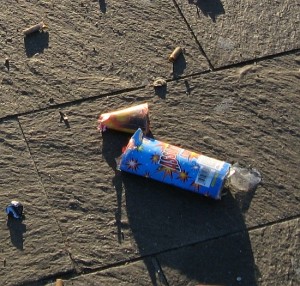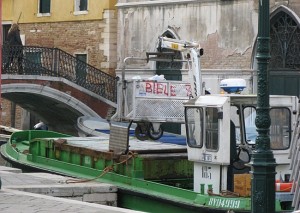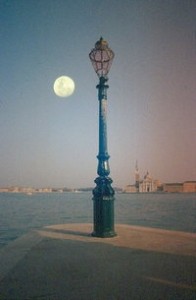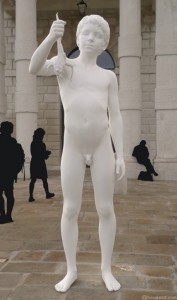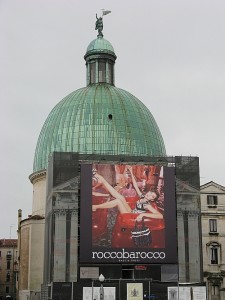As you know from many situations which I have described ( even if I cannot explain them), the indigenous people inhabiting our little lobe of Venice have their own way of doing things. The most mundane things, I mean — not things which are exceptionally demanding intellectually or morally. Not things which require Deep Thought, or Serious Reflection, or even sneaking a peek at the answers at the end of the chapter. Things which I, in my own small way, consider obvious, seem to present impossible complications to a certain sort of person here.
I never see these people, of course, but they leave their unavoidable traces. Or their dogs leave the traces for them. All over.
Here are a few brief examples of the cultural development of some individuals here — either whole clans of them, or only a few who are at it 20 hours a day.
Consider (briefly) dog poop. There are responsible owners who responsibly retrieve it and place it in a little plastic bag and tie a very tight knot, just the way they’re supposed to.
Then they drop the bag on the ground and walk away. These abandoned little bags can sit around for days, waiting for some garbageman to consider them garbage. But hey. You’re supposed to clean up after your canine? Done and done.
Some dog-owners defend this practice by pointing out that there are no containers in which to deposit these daily objects. I’m not defending them, but this is true. So it means that the municipal garbage-and-trash-collecting system is to blame for unpleasant trash?
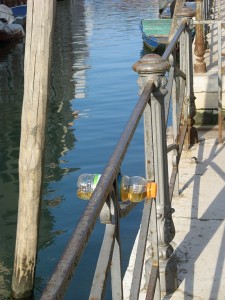
Not at all! There’s a reason why you can’t find a single trash bin between the vaporetto stop at San Pietro di Castello and the Ponte de la Veneta Marina all the way at the end of via Garibaldi, a distance of 3,031 feet (924 meters), or more than half a mile.
The reason is that the trash bins were removed because the specimens of citizens we’re examining here were using the bins for their bags of kitchen/domestic/ personal garbage here, which is totally against the law. And also kind of crazy.
Why this is crazy is because residents pay a tax for trash removal based on the dimensions of their dwelling and the number of people living there. They have to pay it whether or not they ever put out so much as a beer can to be taken away. So what could possibly be the point of carrying your garbage somewhere outside, probably under cover of darkness, maybe even in the rain or snow flurries or blasts of the simoom, to leave it somewhere else?
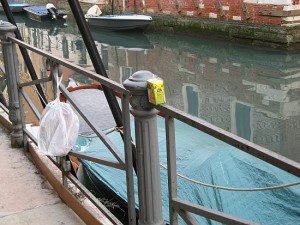
Forget the bins, whether they exist or not. This species of person leaves their bag of garbage (this is important, but you can skip ahead if you want) anywhere and everywhere the spirit moves them. Like on a step halfway (halfway!) up a bridge on a Saturday afternoon, where they know it will rest until Monday morning. Or putting it outside their door at night (also forbidden) when acqua alta is due to come ashore and float the bag around the neighborhood for a while.
The knowing, the seeing, the caring about it, all this shorts out their mental circuits faster than you can blow a fusebox.
Up until a few decades ago, many Venetians tended to throw their trash into the canals and let the tide deal with it. That was the simplest method of all, because all you had to remember was gravity. Every so often you can still hear an anonymous, furtive splash.
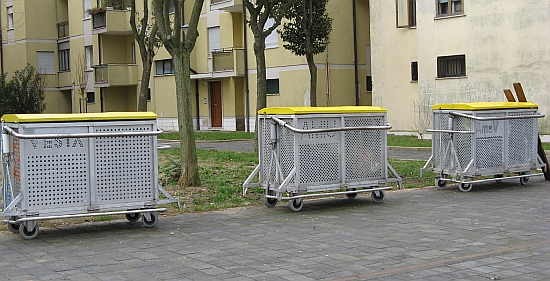
But sometimes they make me laugh.

This morning we went to pick up a batch of the free paper bags the city provides to contain paper to be recycled (pickup Tuesday and Friday). Paper bags to contain paper. Retain this thought, tricky as it may be.
The same little distribution point also gives out labels to stick onto the plastic bag into which you have stuffed items made of glass, metal, or plastic (pickup Wednesday and Saturday).
The labels say (in Italian, obviously): GLASS PLASTIC CANS. Not heroic hexameters, not any sentence by William Faulkner. Just that.
“But there are people who take the paper bags,” the man giving out the bags and labels this morning told me, “and put the labels on them.”
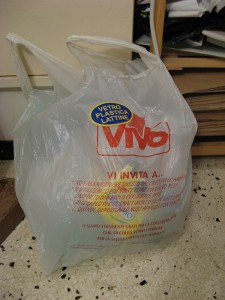
When we, and a few others waiting their turn, stopped laughing, I thought it over.
Italy, at 98.9 percent, ranks as 47th on the literacy scale of 180 countries, so I’m assuming that reading isn’t an obstacle. So that’s out.
It’s true that you could easily put glass, plastic and cans into a paper bag for disposal. But that’s like the people who throw out their paper to be recycled by stuffing it into a plastic bag.
It’s two ideas that are mismatched socks: Each one fine by itself, but they don’t belong together. And while you can close your eyes and pretend you’re not wearing socks of different colors, there’s no way you can pretend that plastic in a paper bag makes any kind of recycling sense.
But as an example of an overwhelming sense of inertia, it’s excellent.

